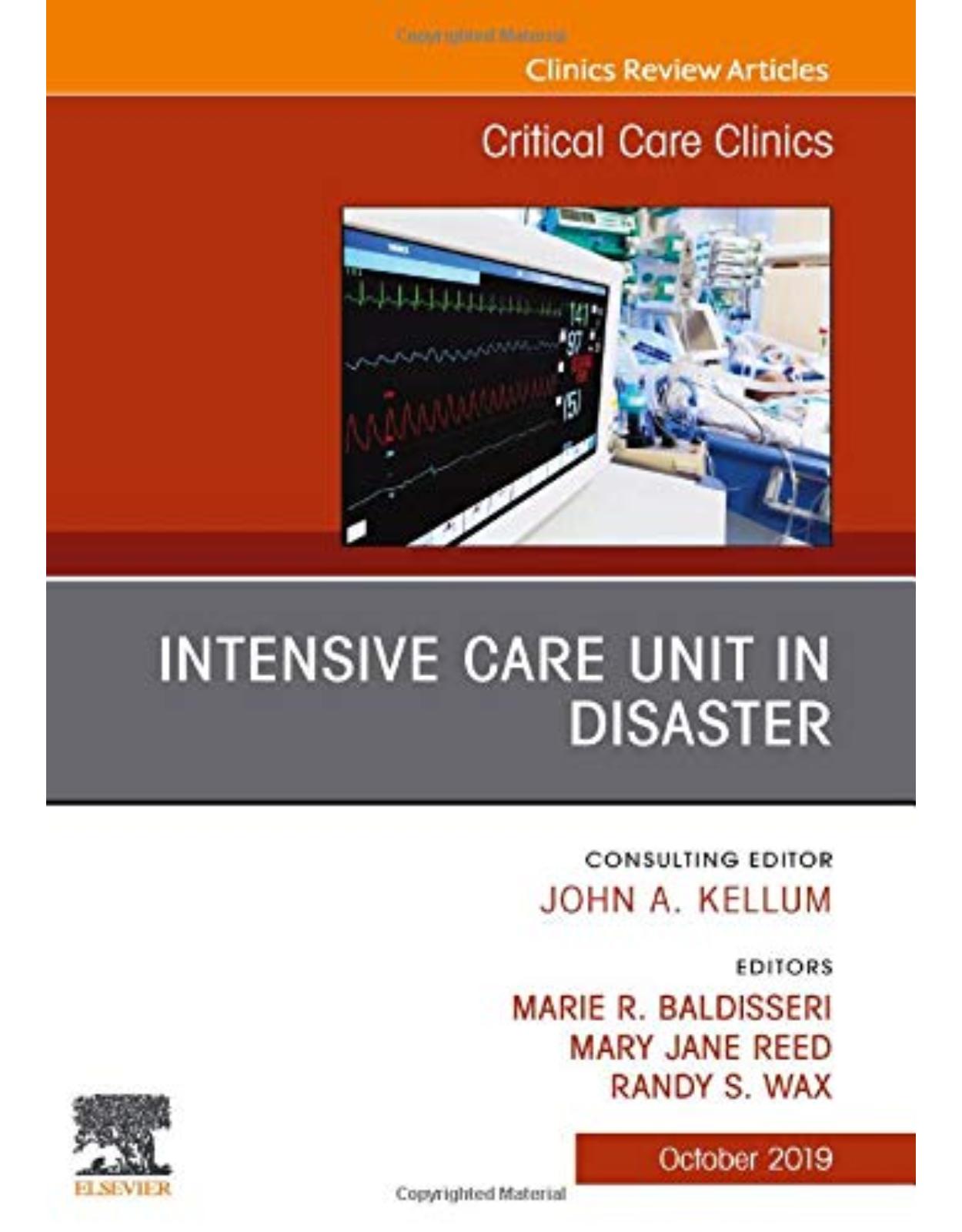
Intensive Care Unit in Disaster,An Issue of Critical Care Clinics, Volume 35-4
Livrare gratis la comenzi peste 500 RON. Pentru celelalte comenzi livrarea este 20 RON.
Disponibilitate: La comanda in aproximativ 4 saptamani
Autor: Baldisseri, Reed & Wax
Editura: Elsevier
Limba: Engleza
Nr. pagini:
Coperta: Hardcover
Dimensiuni: 23.6 x 15.6 x 1.2 cm
An aparitie: 22/08/2019
Description:
This issue of Critical Care Clinics, guest edited by Drs. Marie Baldisseri, Mary Reed, and Randy Wax, in collaboration with Consulting Editor John Kellum, is devoted to Intensive Care Unit in Disaster. Topics in this issue include: Intensive care role in disaster management; Preparing the ICU for disaster; Augmenting capacity; Triage; Natural disasters; Biological/pandemic disasters; Chemical disasters; Radiation; Anthropogenic (terrorist/criminal act) disasters; Special populations (i.e., chronically ill, morbidly obese, pregnant); Pediatrics; Austere environments; Hospital as disaster Ground Zero; and Special considerations (i.e., mental health, ethics, public relations).
Table of contents:
· Intensive Care Role in Disaster Management Critical Care Clinics
· Key points
· Defining disaster
· Why critical care medicine is important in disaster preparedness
· How critical care expertise is integral in disaster preparedness and response
· Summary
· Preparing the Intensive Care Unit for Disaster
· Key points
· For what disaster should we prepare?
· Who should be involved in hospital critical care disaster planning and how can they contribute?
· How can we teach, test, and tweak the critical care disaster plan?
· Summary
· Augmenting Critical Care Capacity in a Disaster
· Key points
· Introduction
· Preparation
· Personnel
· Supplies
· Space
· Structure
· Virtual critical care
· Summary
· Triage
· Key points
· What is triage?
· When to triage
· Different types of disaster triage
· How to triage and who should do it
· What are the ethics of triage and how to govern triage?
· What research is required on triage?
· Summary
· Natural Disasters
· Key points
· Introduction
· Natural disaster aftermath
· Disruption of the initial emergency response: the rescue stage
· Summary
· Intensive Care Unit Preparedness During Pandemics and Other Biological Threats
· Key points
· Introduction
· Intensive care unit planning for pandemics
· Planning for pandemics
· Summary
· Disasters Resulting from Radiologic and Nuclear Events
· Key points
· Introduction
· Basic radiation physics
· Patterns of injury from radiation
· Initial assessment and management
· Decontamination
· Dose estimation/triage
· Management of internal contamination
· Initial assessment for internal contamination
· Treatment of internal radiation contamination
· Hospital and critical care management
· Management issues of the patient with radiation injury and trauma
· Disaster planning/all-hazard preparedness
· Summary
· Chemical Agents in Disaster: Care and Management in the Intensive Care Unit
· Key points
· Introduction
· Lung agents
· Nerve agents
· Vesicants
· Blood agents
· Summary
· Anthropogenic Disasters
· Key points
· Introduction
· Blast trauma
· Penetrating trauma
· Blunt trauma
· Penetrating trauma: stab wounds
· Wildfire
· Summary
· Appendix 1: agents of natural and manmade disasters
· Provision of Care for Critically Ill Children in Disasters
· Key points
· Introduction
· Essentials of formulating a pediatric disaster plan
· Special clinical considerations
· Chemical, biologic, radiation, nuclear, and explosive disasters
· Ethics
· Summary
· Special Populations: Disaster Care Considerations in Chronically Ill, Pregnant, and Morbidly Obese Patients
· Key points
· Introduction
· Defining the problem
· Special population planning and care
· A framework for planning and response to disaster
· Future directions
· Summary
· Principles and Practices of Establishing a Hospital-Based Ebola Treatment Unit
· Key points
· Introduction
· Historical care and isolation of patients with ebola
· Rationale for establishing a hospital-based ebola treatment unit
· Clinical presentation of ebola
· Key principles and practices for establishing a hospital-based establishment of treatment units
· Summary
· Supplementary data
· Battling Superstorm Sandy at Lenox Hill Hospital: When the Hospital Is Ground Zero
· Key points
· Hypothesis
· Introduction
· Methods
· Results
· Internal medicine
· Intensive care
· Pulmonary
· Surgery
· Pathology
· Summary
· Disaster Ethics: Shifting Priorities in an Unstable and Dangerous Environment
· Key points
· Introduction
· Principlism and theories of justice
· Disasters and ethical challenges to systems as usual (organizational ethics)
| An aparitie | 22/08/2019 |
| Autor | Baldisseri, Reed & Wax |
| Dimensiuni | 23.6 x 15.6 x 1.2 cm |
| Editura | Elsevier |
| Format | Hardcover |
| ISBN | 9780323683913 |
| Limba | Engleza |
-
79300 lei 71000 lei
-
1,42500 lei 1,20000 lei

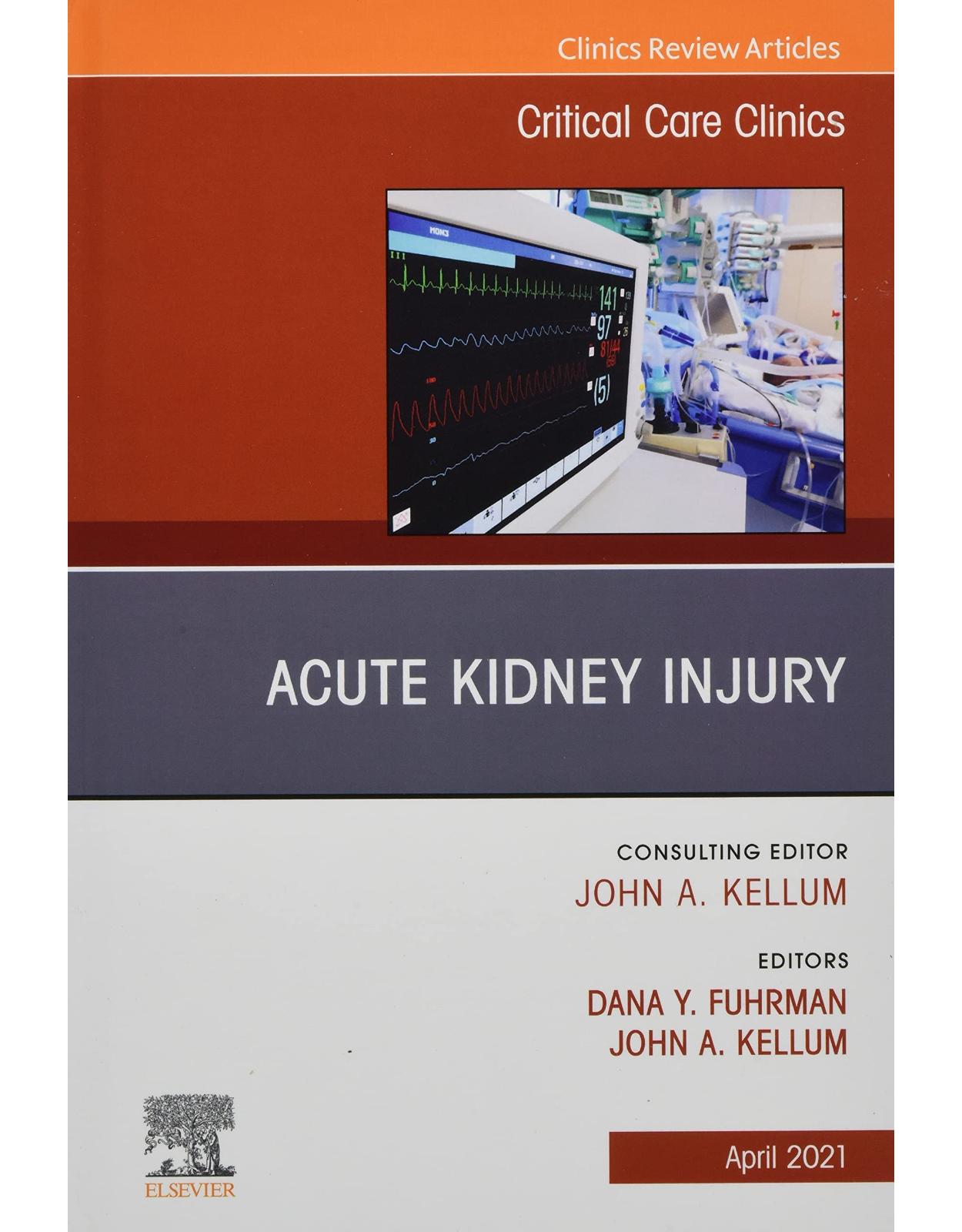
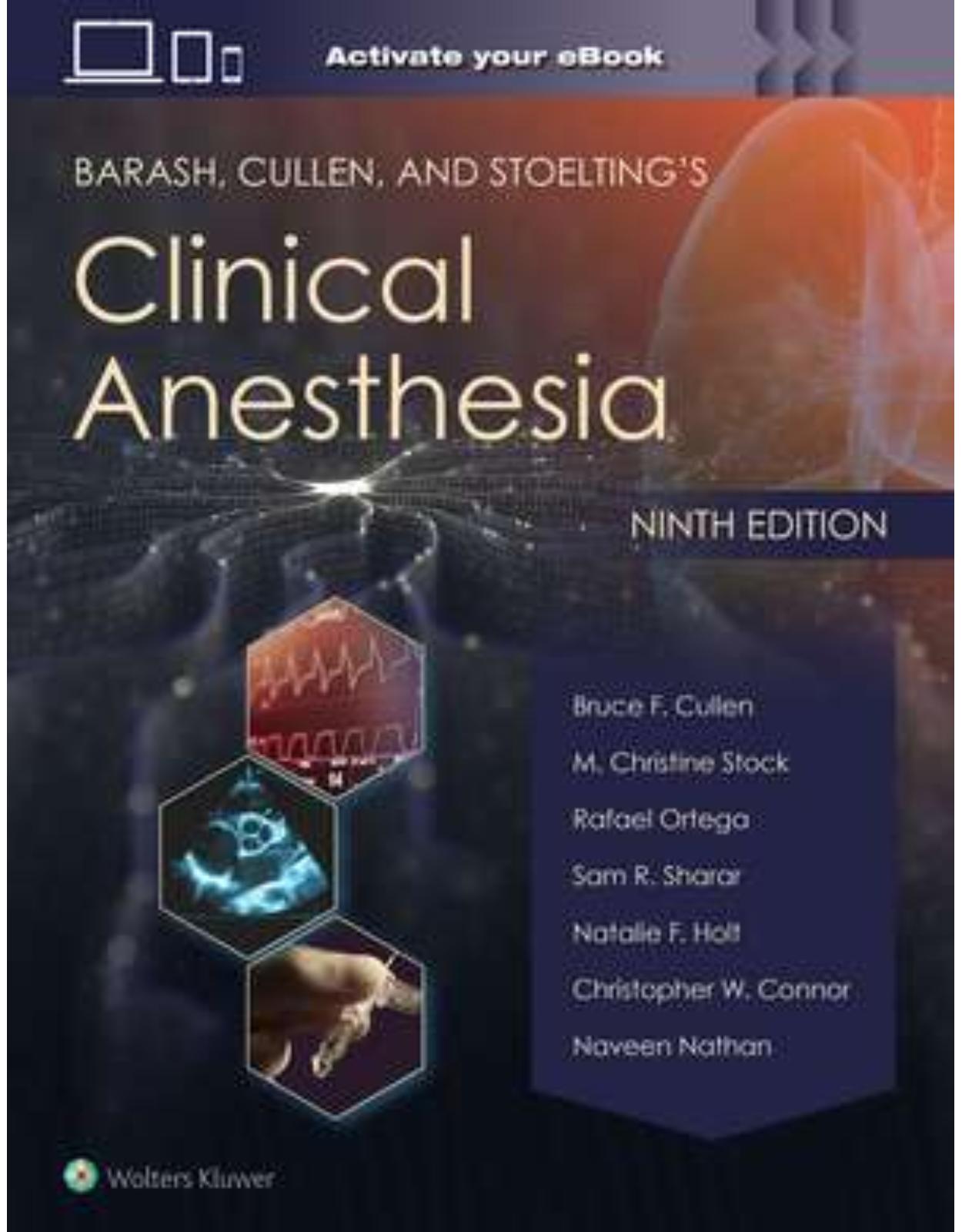
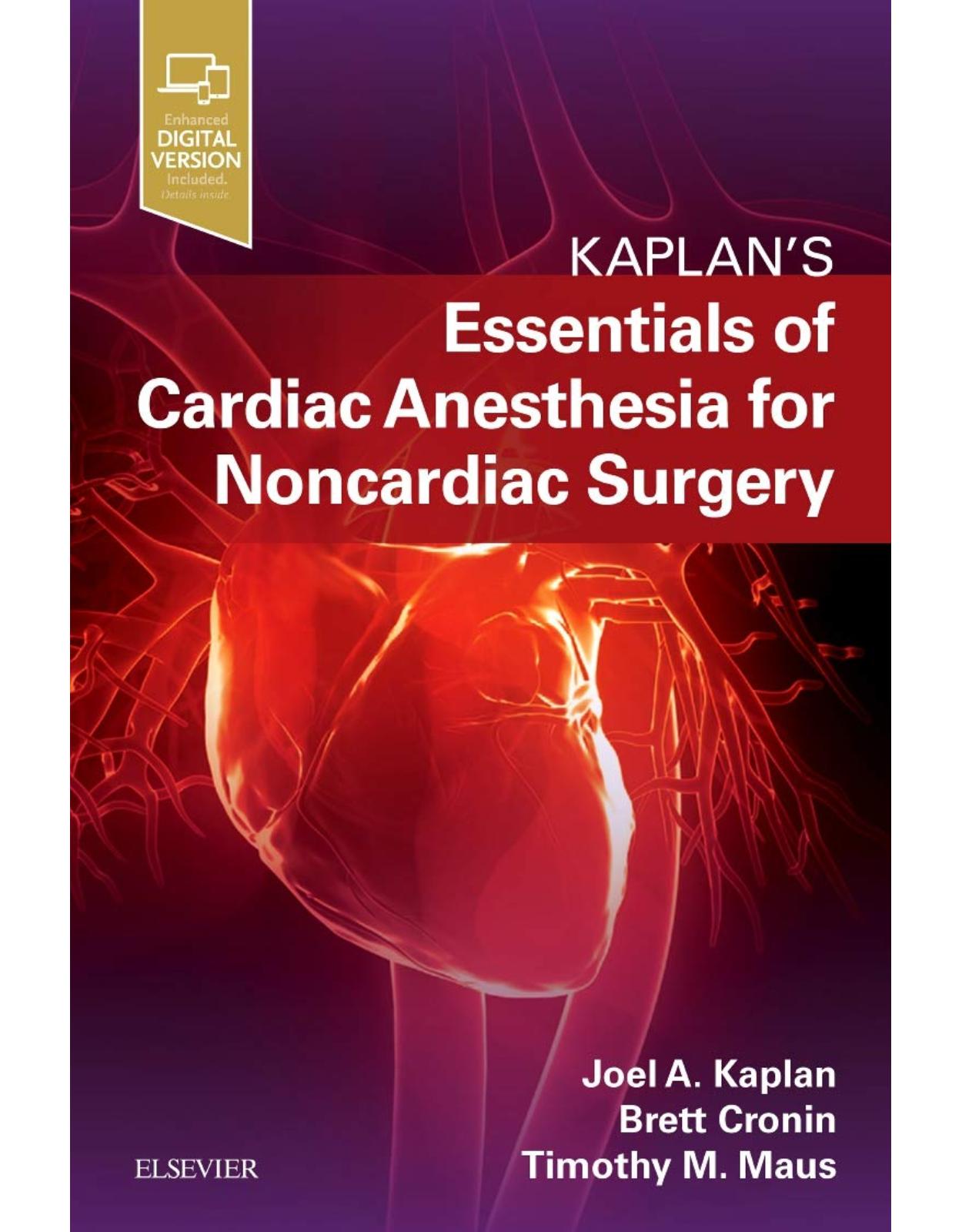
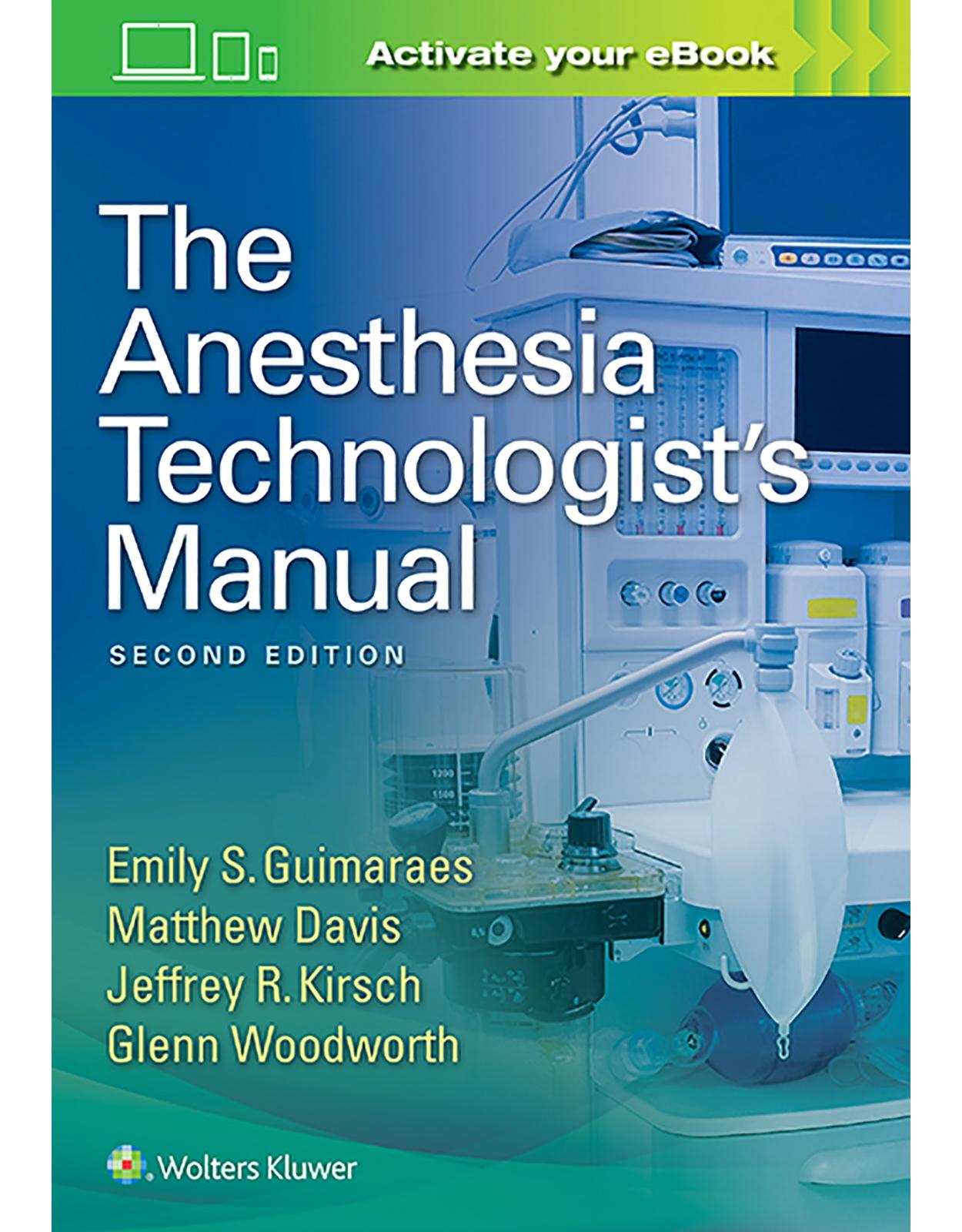
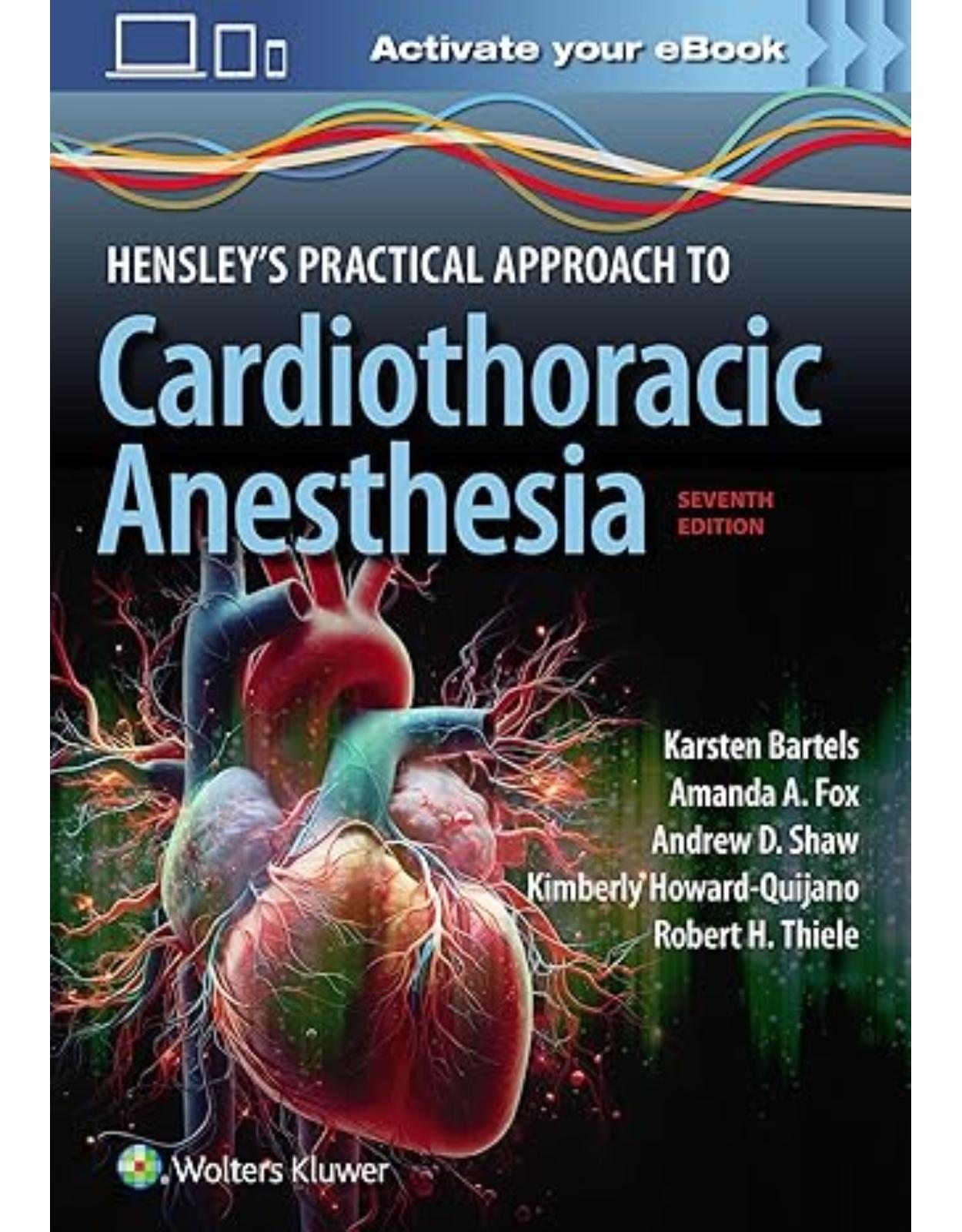
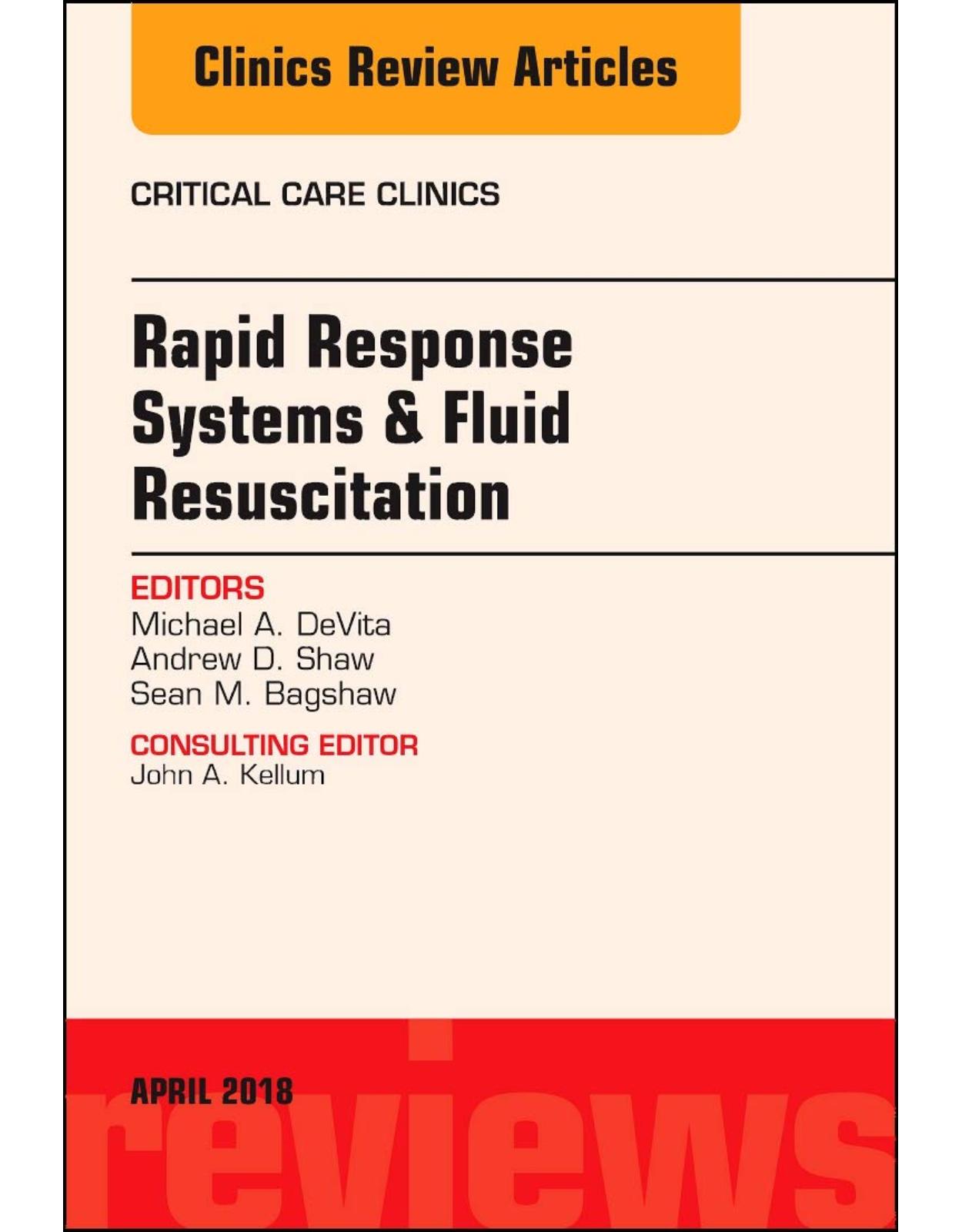
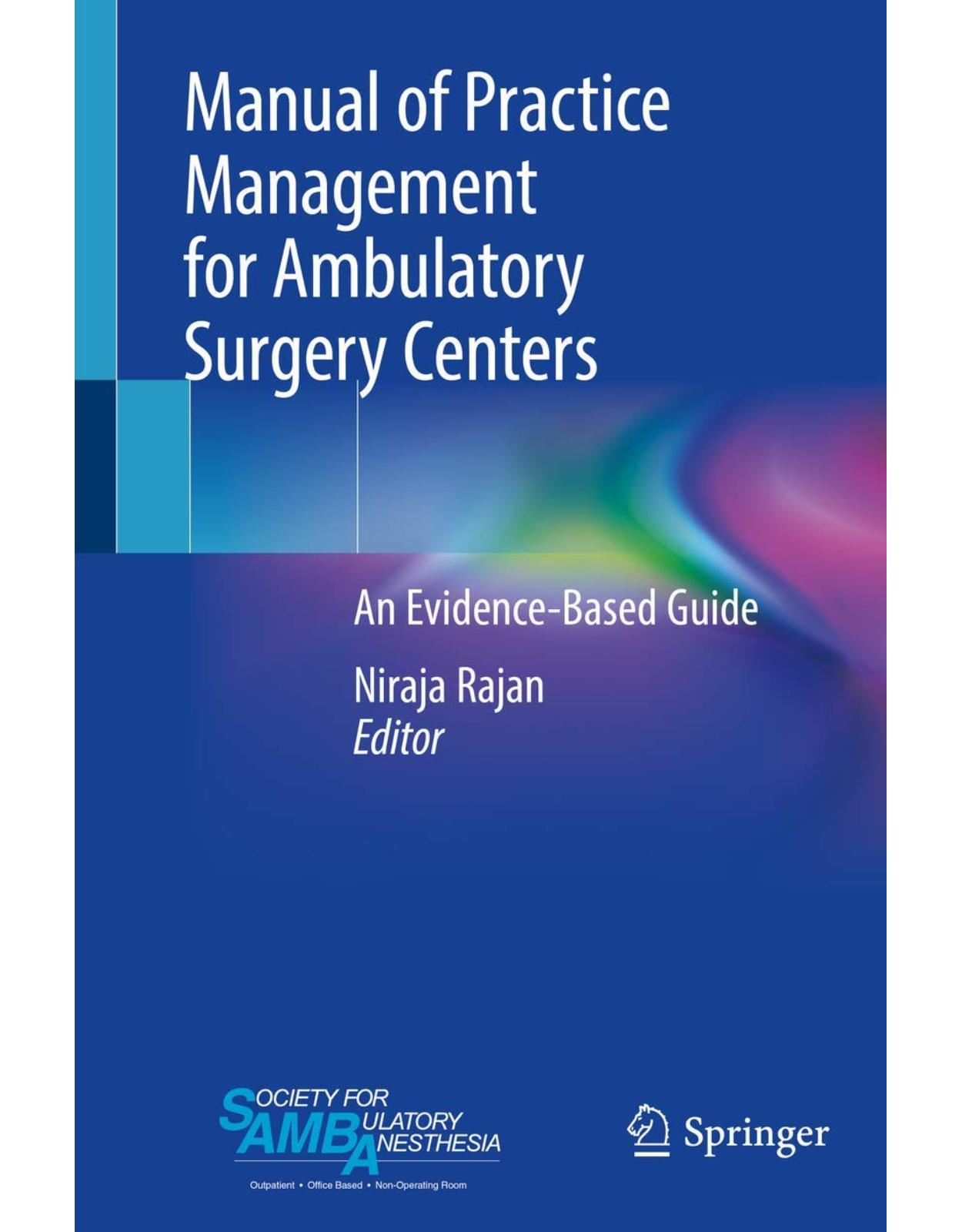
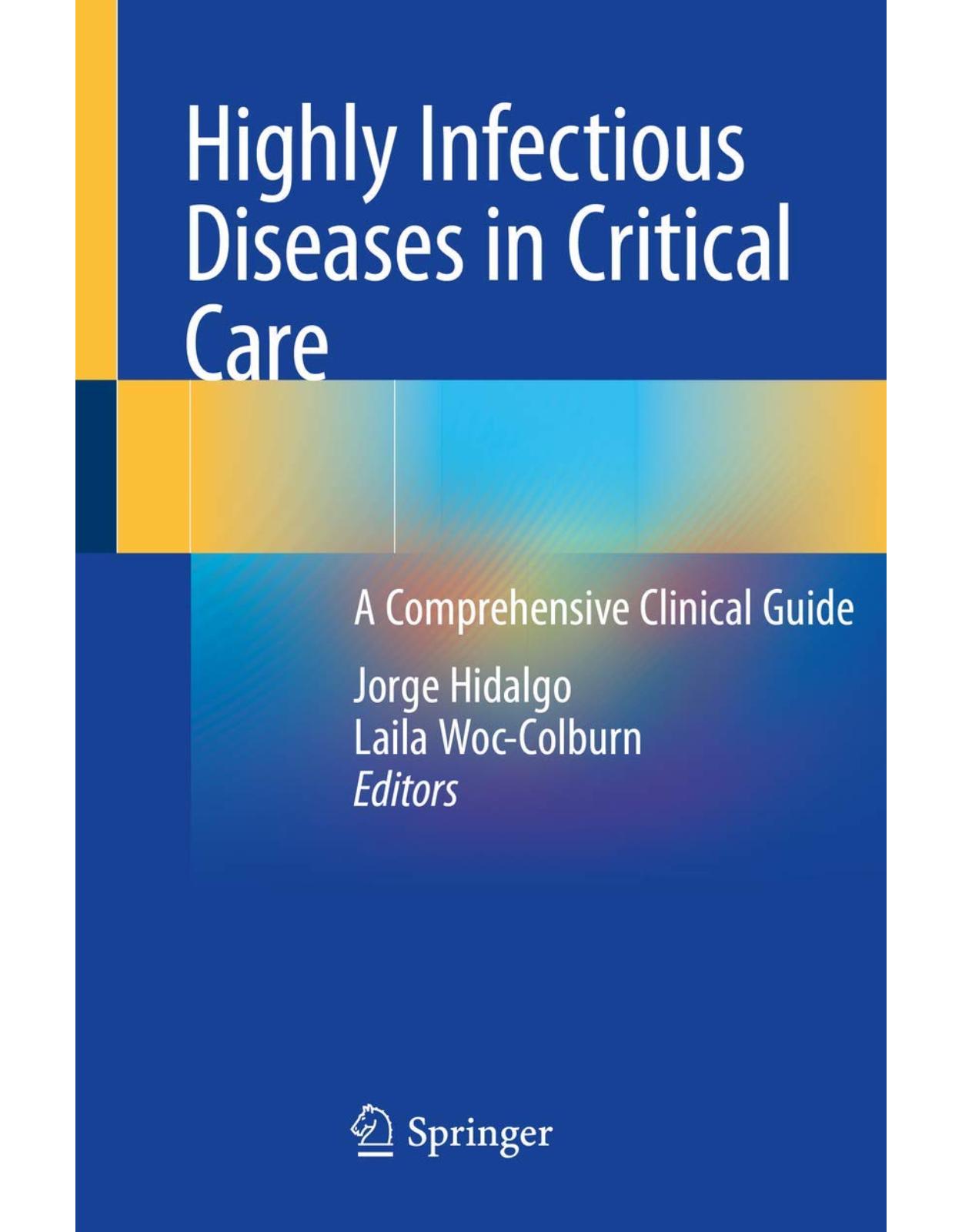
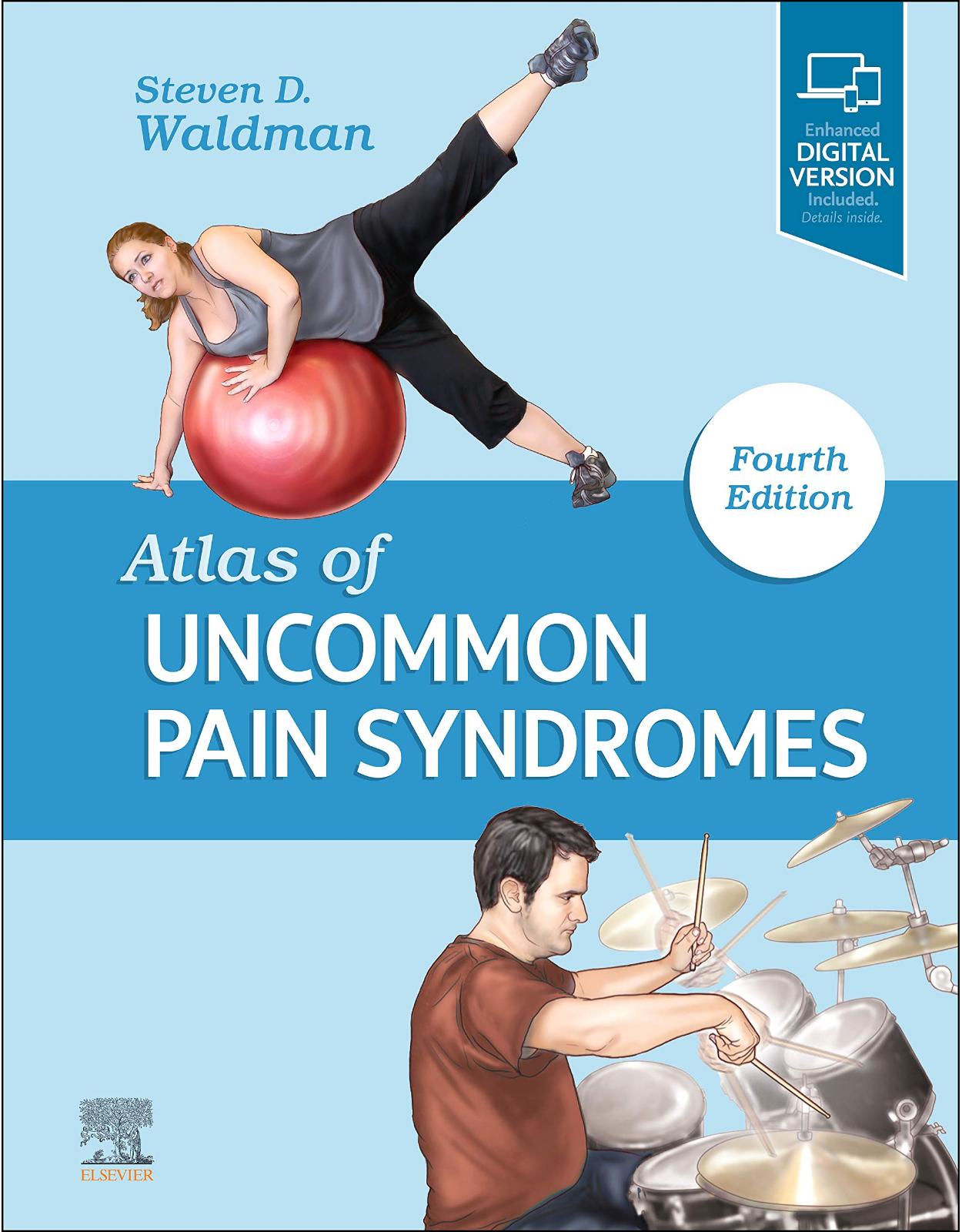
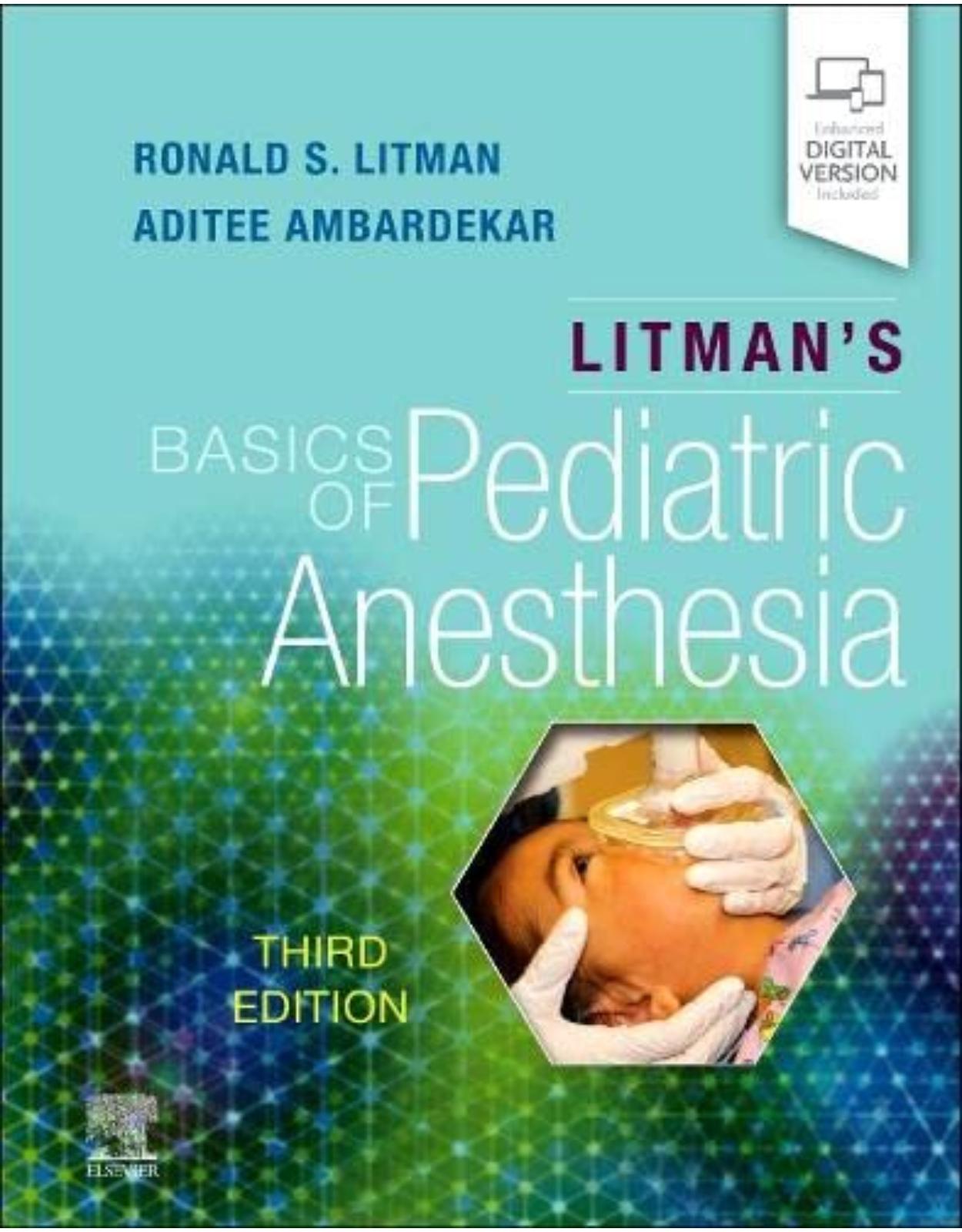

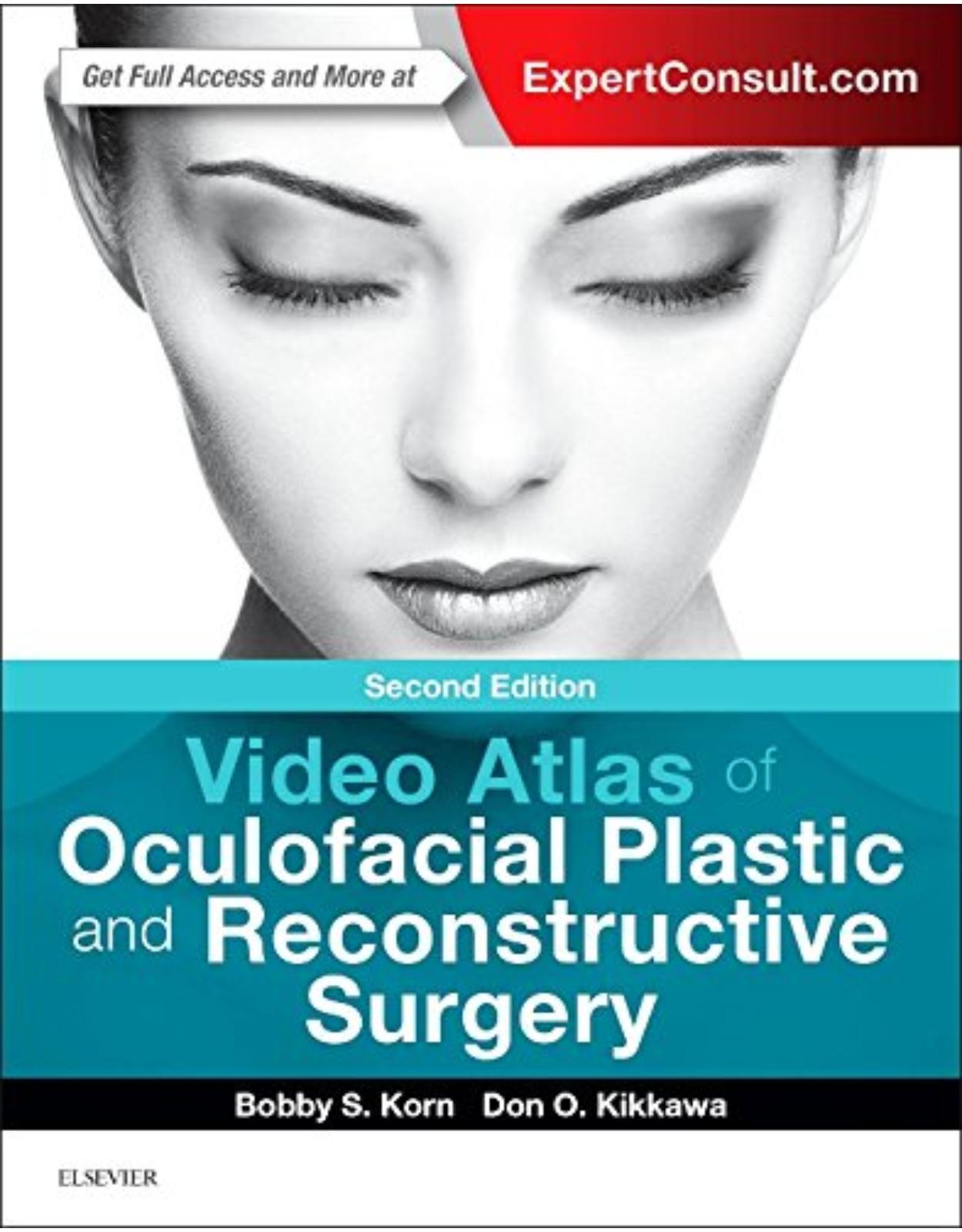

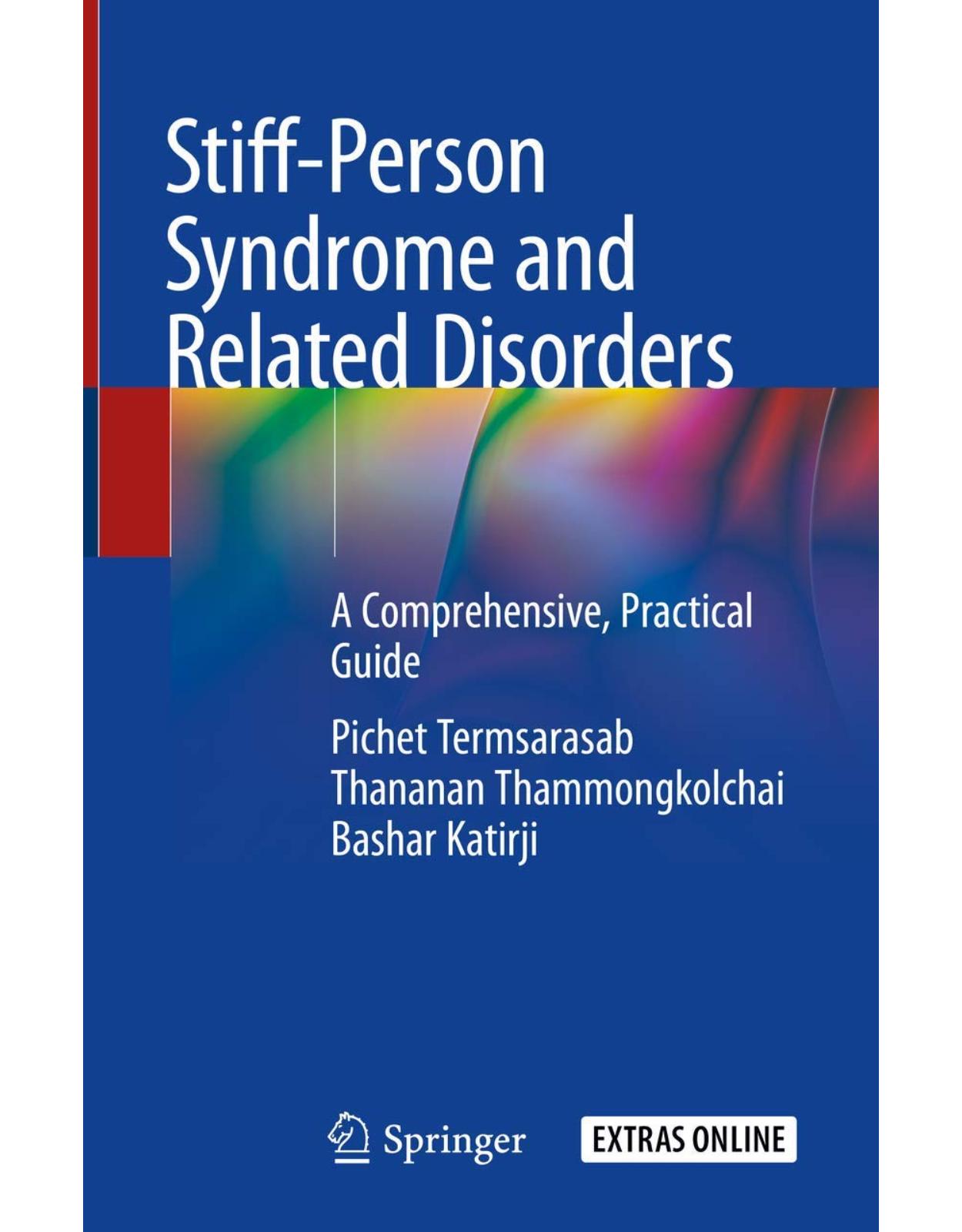
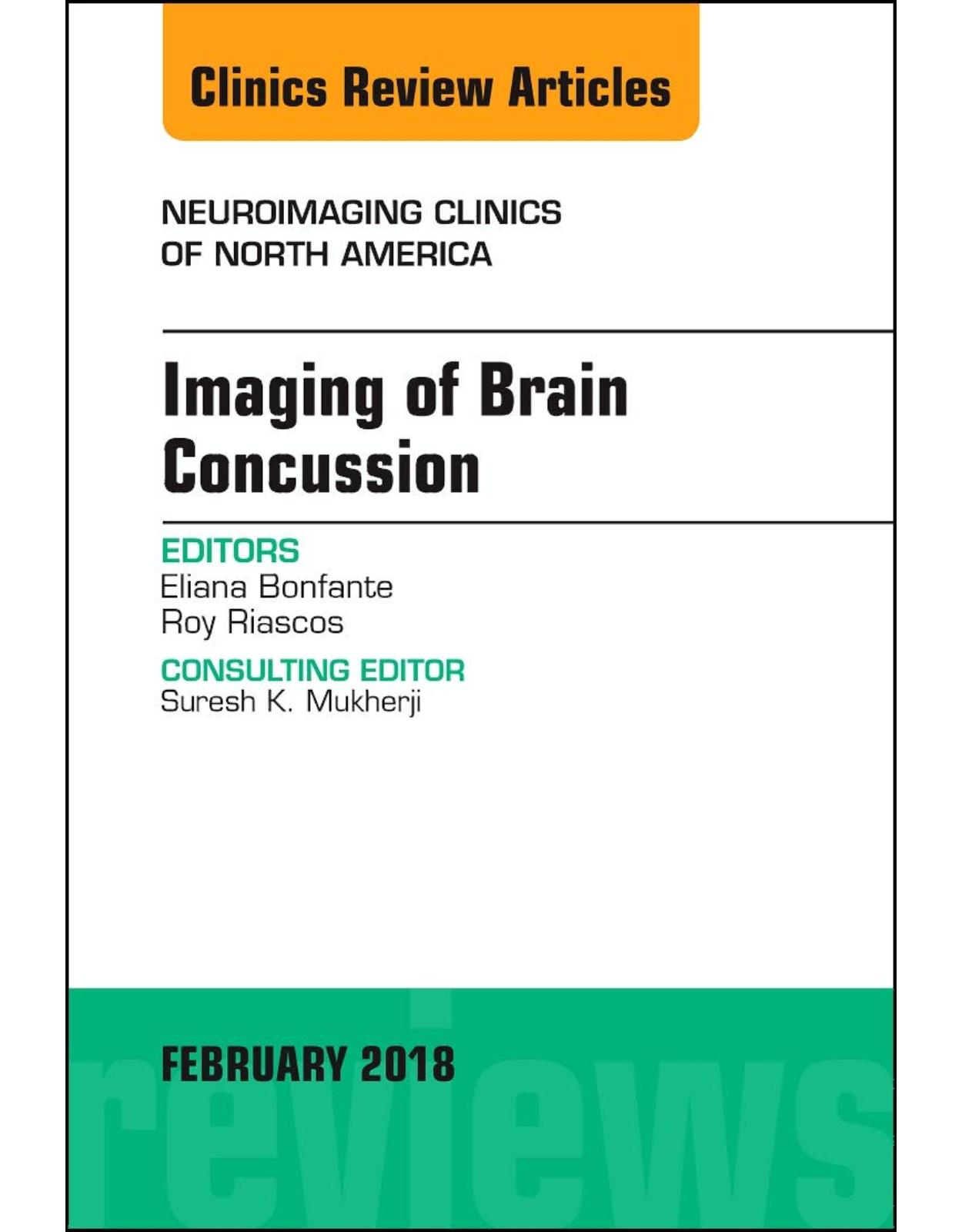

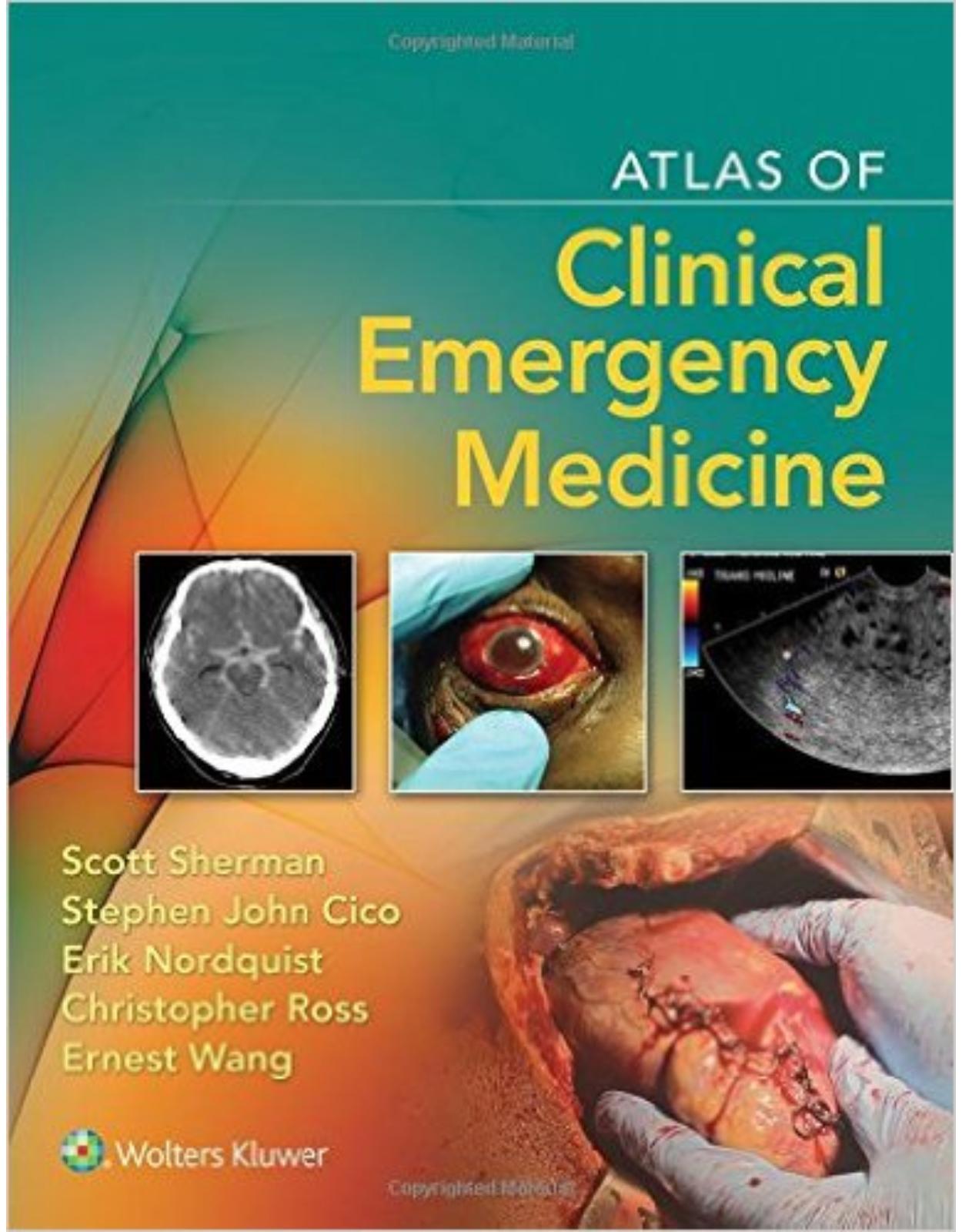
Clientii ebookshop.ro nu au adaugat inca opinii pentru acest produs. Fii primul care adauga o parere, folosind formularul de mai jos.